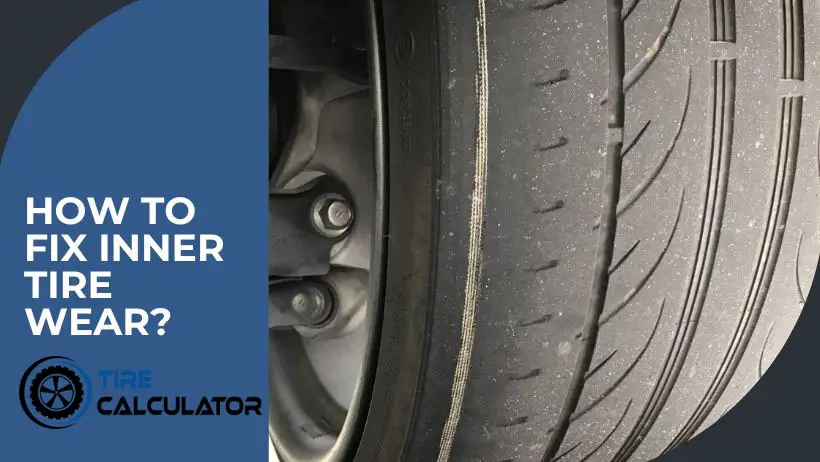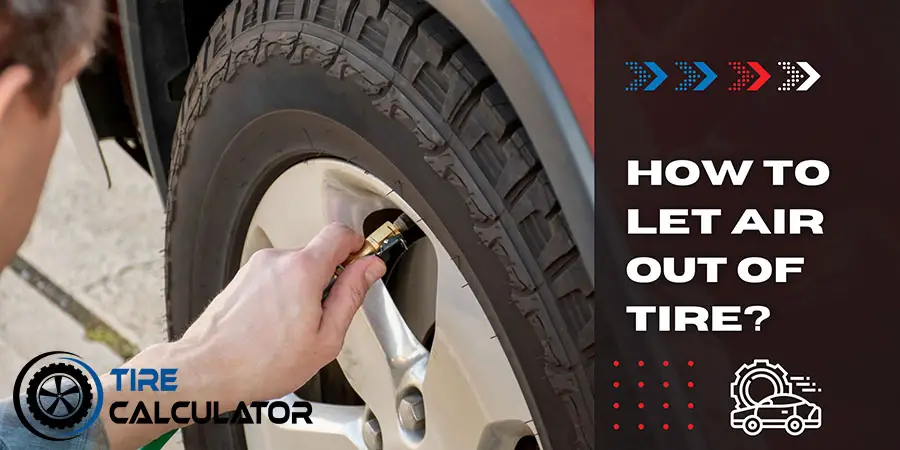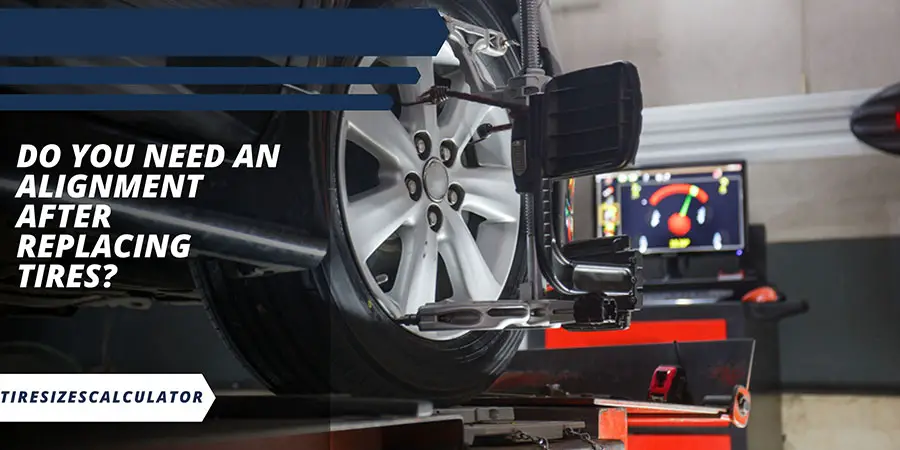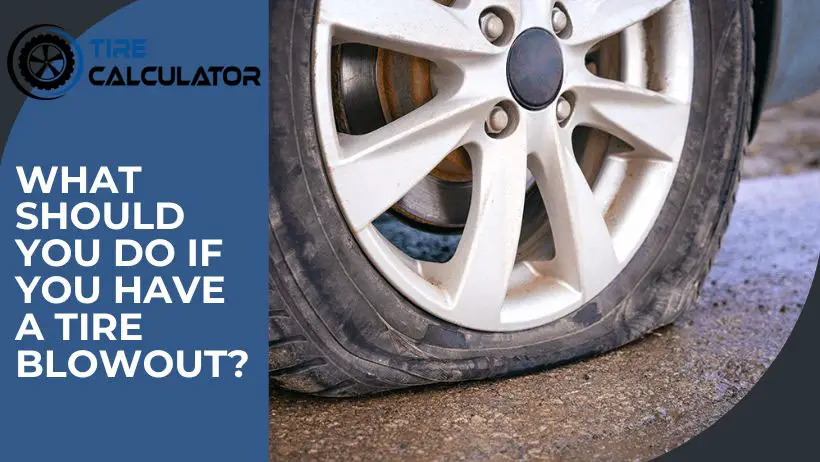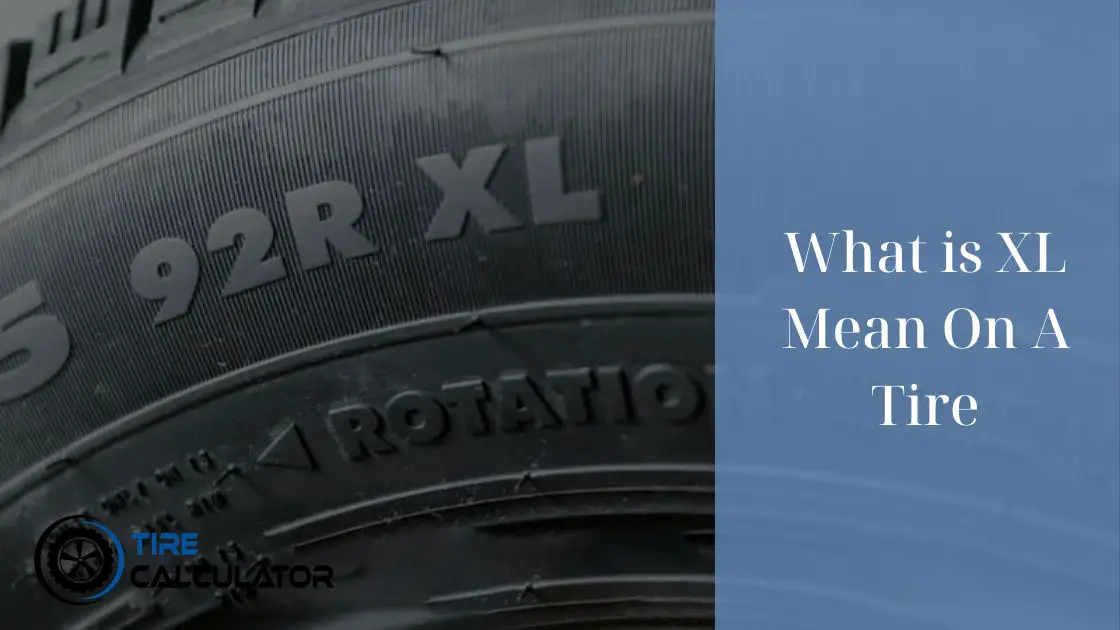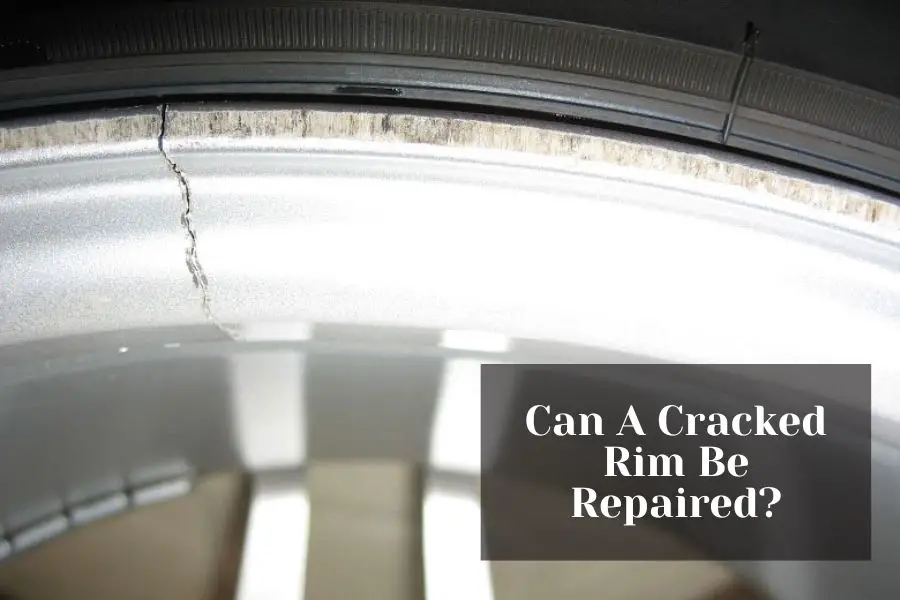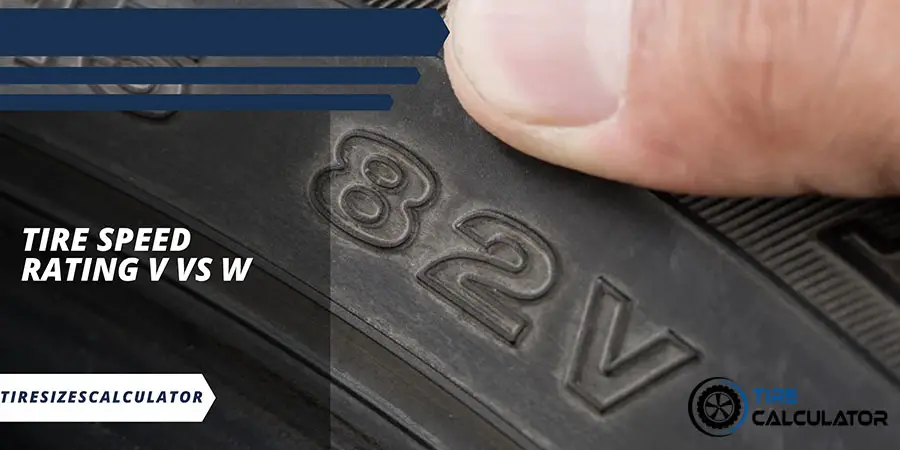The necessity of tires cannot be understated, as the whole vehicle is linked to the flat road by four thin rubber pads.
As a result, even minor inconsistencies and misalignment might affect your tires to wear indiscriminately and become outdated sooner than typical.
If you need to know what inside tire wear causes and how to fix it, keep reading this post!
Rear Tires Wearing On Inside – The Reasons
If you’ve seen evidence of damage on the inner of your tires, various variables might contribute to this. Let’s go through them now:
Negative Camber
The camber angle differs between the road surface and the wheel’s verticality. A camber angle that enables the tire to rest level on the ground is optimal.
This is not the case when your wheels are misaligned, in which the camber angle might be either ‘positive’ or ‘negative.’
The top of the tire sticks out beyond the bottom with the positive camber. As such, its outside edge wears off.
On the other hand, a negative camber angle leads the top of the tire to lean inward and the bottom of the tire to protrude further than the top. This causes inside tire wear.
Incorrect Toe Setting
Your tires are constantly working on two forces. The first is usually pulling the tire inward, while the other pushes it outside regularly. The toe settings aim to equalize such troops and keep the tire straight.
However, if the footrests are not properly aligned, your tires may spin inward or outward. When the tire is approaching inward owing to mismatched pins, the traction within the tire is dominant, which makes the inner of the tire wear out quickly.
Worn Ball Joints
The ball joints, which are not observable from the exterior, are crucial in efficiently maintaining the tires’ rolling.
They accomplish the identical thing by attaching the tire’s bottom and top handles to your car’s wheel hubs. However, they are not evidence of harm.
Overuse causes worn-out ball joints. This lowers the traction on the wheels and forces inner tire wear. One of the most prevalent signs of a damaged ball joint is the weird sound from your suspension when driving over potholes and speed bumps.
Misaligned Wheels
Bad wheel alignment can also cause camber damage. Driving on a straight, level stretch of the runway is a terrific way to test this.
If you can’t get the automobile to go straight even when you shift the wheel’s position to 12 o’clock, you have an alignment issue.
Improperly Inflated Tires
Tires are designed with certain air pressure levels in mind. Over-inflating or under-inflating your tires will trigger them to be out of shape, leading to particular portions of the wheel to wear out faster. This is readily addressed by inflating the tires to the manufacturer’s specifications.
How To Fix Inner Tire Wear?
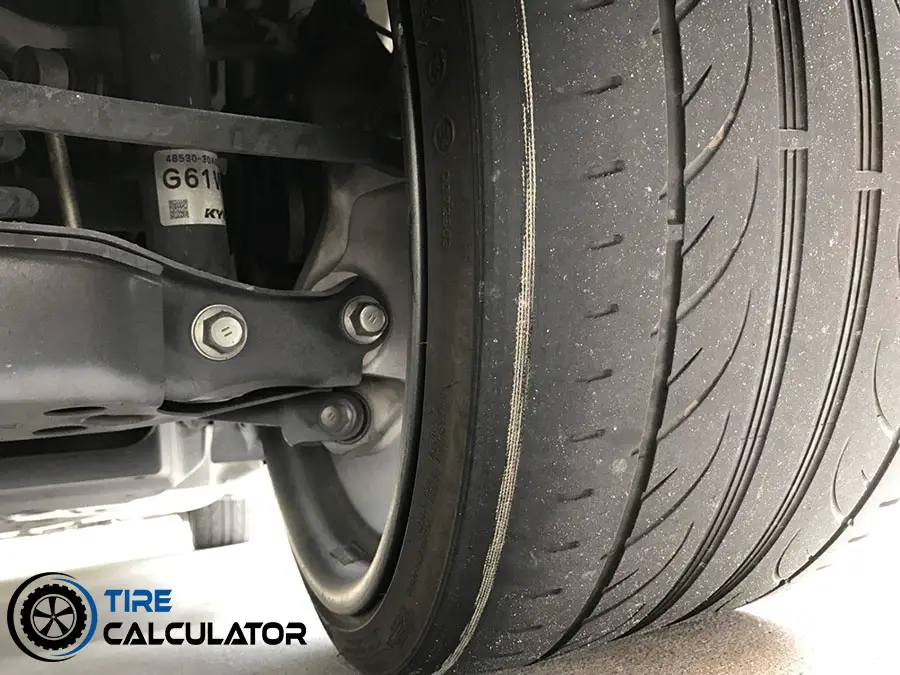
To prevent the tires from wearing, consider conducting wheel alignment, correctly inflating the tires, adjusting the wheels regularly, examining, and repairing the reducers. Also, you should check the tread depth and replace faulty shock absorbers.
Once you’ve re-aligned the wheels and determined the culprits, try rotating them every 6 months to ensure they last longer.
Align Your Wheels
Improper wheel alignment can influence the camber angle, wear out the ball joint, and harm the springs if left neglected for an extended period.
As previously stated, all three illnesses can lead to rear tires wearing on the inside. As a result, you should adjust your tires every 5k miles or once a year.
Maintain Correct Tire Inflation
Internal wear is more likely in underinflated tires. This is because the side walls can not handle the force of the pavement surface on the wheels.
We advise monitoring your tire pressure regularly. If you don’t have time to take your car to the auto manufacturer, invest in a portable tire pump.
Maintain Regular Tire Balance
Most automobile owners only adjust their wheels when they discover tires bald on the inside, which is the wrong approach. It is recommended that you level them every two years.
Experts also advise balancing new tires right after they are installed beneath your car. This will shield them from interior wear to some extent.
Repair Or Replace Worn Suspension Components
If you observe only one tire is wearing on the inside, it’s time to inspect its suspension. The most exact issue is a bent suspension element.
You can fix the part as long as the harm is minor. However, if it is broken beyond repair, you may be forced to replace it entirely.
FAQs
Is It Dangerous To Drive On Unevenly Worn Tires?
Yes.
Uneven wear will likely worsen over time, so every extra mile you drive increases the likelihood of a tire rupture.
As a result, unless essential, you should avoid driving with irregular tire wear.
It’s difficult to tell whether your tires have worn unevenly to a hazardous degree, especially for non-experts.
As stated at the outset of this piece, excellent quality tires are important since these few inches of tire contact patch protect us during our driving.
How Much Does Inner Tire Wear Repair Cost?
It is dependent on the task at hand. A basic wheel alignment will cost you between $60 and $100. If the problems are due to your suspension issues or ball joints, you might be looking at a $300 charge. The cost of replacing all items, including labor, can reach $2,000 in some cases.
Based on the type and model of the vehicle, a package of four struts and shock absorbers will probably be priced between $1,000 and $2,000.
Conclusion
To sum up, knowing the inner tire wear causes and solutions is significant for your safety. Once you’ve determined the source of tire wear, look for immediate remedies.
See more: can a cracked rim be repaired?

